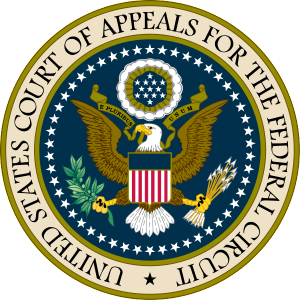DOJ Petitions for New Supreme Court Hearing: DACA Plus and DAPA
The Department of Justice has filed a petition for a rehearing with the Supreme Court on the United States v. Texas case. This is the DACA/DAPA case that was decided with a 4-4 deadlock last month. That tie rendered the DACA plus and DAPA programs unable to go into effect. The decision left the ruling of the Fifth Circuit Court of Appeals in effect. The Fifth Circuit had upheld the decision of the district court in Texas, in which the federal judge had ruled the programs could not go into effect. The reason was that the Obama Administration had not followed the procedures of the Administrative Procedure Act for promulgating and implementing rules with President Obama’s executive actions for DACA plus and DAPA programs.
The reason that there were eight Supreme Court justices ruling on the case instead of the traditional nine is because Justice Antonin Scalia died during the term and a replacement has not yet been voted on and approved by the Senate. The Department of Justice is petitioning for a nine member court to hear its case on behalf of DACA plus and DAPA. It states in its petition, “[t]his Court therefore should grant rehearing to provide for a decision by the Court when it has a full complement of Members, rather than allow a nonprecedential affirmance by an equally divided Court to leave in place a nationwide in-junction of such significance.”
 The US Court of Appeals for the Fifth Circuit
The US Court of Appeals for the Fifth Circuit